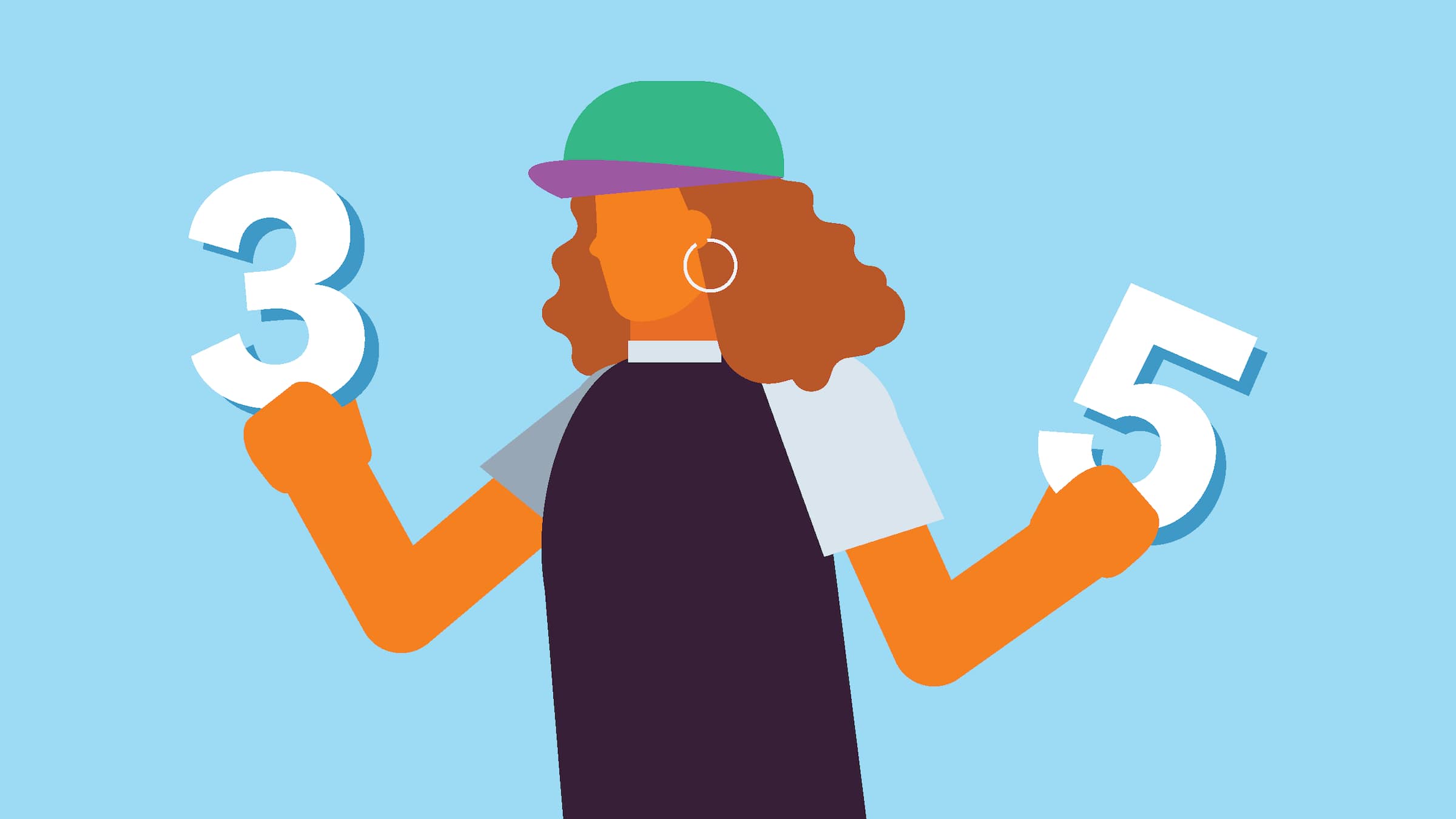Pricing strategies and the cost of goods sold
Your prices can influence the number of sales you make and the profit you earn on each transaction.

Published Tuesday 20 July 2021
The first rule of price setting
You need to get more money out of a sale than you put into it. Which means you need to know the cost of the goods sold (also known as cost of sales).
What is cost of goods sold (or services sold)?
Cost of goods sold, or COGS, tells you what your business spends to deliver a product or service to your customer. It’s treated differently to general costs like rent or employee wages.
Identifying what COGS is in your business
Look for expenses that:
- occur only when a service or good is provided
- go up and down as sales go up and down
COGS formula
Some of the above costs may not apply
You can get a good idea of your COGS by performing this calculation:
What are pricing strategies?
Now that you know your COGS, you know the minimum amount you have to charge to make money. But it helps to have a system to work out what you should add. That’s what a pricing strategy is.
Cost-plus pricing strategies
You can simply add a standard markup to everything you sell. Check if there are industry-standard markups, as they can give you a good place to start. An accountant or bookkeeper with experience in your industry will know.
Market-based pricing strategies
Check out the range of prices that your competition charges and:
- go higher if you offer more convenience or a premium experience
- match the average if you don’t want to turn off price-sensitive shoppers
It’s not a good idea to go low unless you have a steady supply chain and expect a lot of sales.
Price bundling
Some businesses bundle a few things together at a slight discount. Their profit margins come down but they sell more items as a result. Some market research will tell you what product combinations will work.
Launch pricing strategies
New products (or businesses) sometimes use temporary pricing strategies to try and grow their customer base. These include:
- Penetration pricing: where you lower margin to increase sales volume. This can attract new customers fast, but the trick is to keep them when your prices go up.
- Price skimming: where you hike prices on new products or services believing that enthusiastic early adopters will pay more. Then you drop prices later on.
- Sweetener deals: where you set prices high but offer introductory discounts. It allows you to create the feeling of a deal without permanently devaluing your product or service.
Pricing methods and COGS are key to profitability
You have two levers for making money in business – your margin and your sales volume. They’re both affected by price. So give lots of thought to what you charge.
Start by working out your COGS, so you know the least you need to make on a sale. And then use some of the pricing strategies outlined here to work your way toward a ticket price.
Accountants and bookkeepers can help a lot with the numbers. They will understand industry norms and can help tell if your margins are too thin.
Disclaimer
Xero does not provide accounting, tax, business or legal advice. This guide has been provided for information purposes only. You should consult your own professional advisors for advice directly relating to your business or before taking action in relation to any of the content provided.
Download the guide to starting a business
Learn how to start a business, from ideation to launch. Fill out the form to receive this guide as a PDF.
Now that you have your guide
Managing finances can feel overwhelming. With Xero’s powerful tools, small businesses can stay organised and confident.
1. Research your idea
Your business idea is clearly inspired. But it helps to check you’re not the only one who thinks so.
2. Write a business plan
It helps to map your way from having a genius idea to a real business. Your plans don’t even have to be long.
3. Do a budget
You’ll need a rough financial plan so let’s estimate costs vs. sales, and figure out your break-even point.
4. Set prices
Work out what you need to charge to cover costs. And choose a pricing strategy that works for your business.
5. Choose a business structure
Will you be a sole proprietor, a partnership, or a company? And what's the difference anyway?
6. Sort your startup accounting
Get a few things right at the start and you’ll be sweet when it comes to tax time. Let’s demystify accounting.
7. Register your business
Find out who you have to tell about your business. And check to see if your industry is regulated.
8. Create a website
Learn what goes into a website. It’s simple and a great way to get discovered.
9. Get extra support
Once you’ve learned how to start a business, you’ll want help running it. Check Xero’s guides and templates.